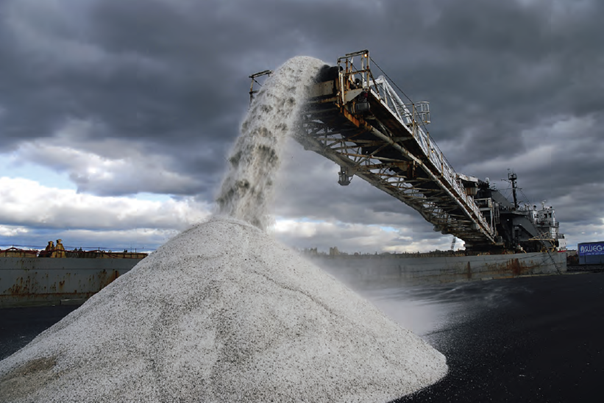Deicing salt pollutes many urban streams at levels harmful to aquatic life
Levels of chloride, a component of salt, are elevated in many urban streams and groundwater across the northern U.S., according to a new government study. Chloride levels above the recommended federal criteria set to protect aquatic life were found in more than 40 percent of urban streams tested. The study was released today by the U.S. Geological Survey (USGS). Elevated chloride can inhibit plant growth, impair reproduction, and reduce the diversity of organisms in streams. … Use of salt for deicing roads and parking lots in the winter is a major source of chloride. Other sources include wastewater treatment, septic systems, and farming operations. “Safe transportation is a top priority of state and local officials when they use road salt. And clearly salt is an effective deicer that prevents accidents, saves lives, and reduces property losses,” said Matthew C. Larsen, USGS Associate Director for Water. “These findings are not surprising, but rather remind us of the unintended consequences that salt use for deicing may have on our waters. Transportation officials continue to implement innovative alternatives that reduce salt use without compromising safety.” … In urban streams, the highest levels of chloride (as great as 4,000 parts per million, which is about 20 times higher than the recommended federal criteria) were measured during winter months when salt and other chemicals are used for deicing. Increases in chloride levels in streams during the last two decades are consistent with overall increases in salt use in the U.S. for deicing. …

Salt really has a negative effect in the environment. But I guess as said, safety in the road is still the priority. But I wonder if there are some alternatives to salt that is less damaging to the environment.